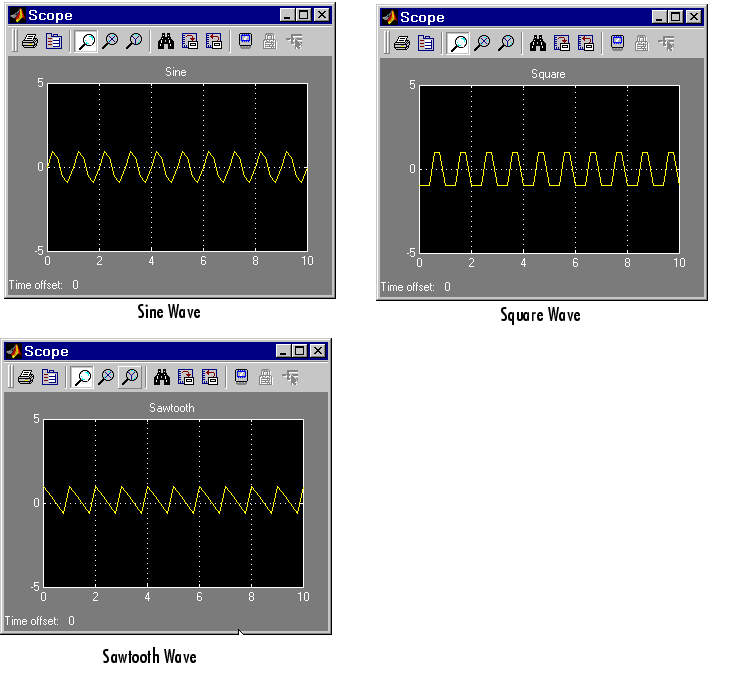

To get double-sided displacement-e.g., peak-to-peak displacement-this number is doubled. For Gaussian random values, the average one-sided peak level is about three times the RMS value (also called the 3-sigma level). Still, we can compute an average or typical peak value. The vibration is Gaussian random, so it is not possible to find an absolute peak value. However, we are more likely to be interested in peak-to-peak displacement rather than RMS displacement because shaker travel limits are rated as a peak-to-peak value. Using the previous example, the RMS displacement is computed as follows:Īfter applying the unit conversion, we get: When using acceleration units in G, you also need to apply a conversion factor such as Equation (10) to get a suitable displacement unit. Then, we can sum the areas to get the mean-square displacement and take the square root of the value to get RMS displacement for the random spectrum. When slope = 3, we need to use a natural log function: Now, we can integrate this from f 1 to f 2 to get the area under the displacement line. This conversion is performed with Equation (11), which defines the relationship between acceleration and displacement for a sine wave of a given frequency.Īs a result, the equation for the lines connecting the breakpoints in displacement density becomes: The RMS displacement can also be computed the same as acceleration however, the breakpoint numbers must be converted from units of acceleration-squared/Hz to displacement-squared/Hz with appropriate unit conversion if required. Using the previous example, the RMS velocity is computed as follows: Common conversions are G to inches/s 2 or m/s 2. When using acceleration unit G, we must also apply a conversion factor to get a suitable velocity unit. Then, we can sum the areas to calculate the mean-square velocity, and take the square root of the value to get RMS velocity for the random spectrum. When slope = 1, we must use a natural log function. This can be integrated from f 1 to f 2 to equate the area under the velocity line. This conversion is performed with Equation (6), which defines the relationship between velocity and acceleration for a sine wave of a given frequency.Īs a result, the equation in velocity density for the lines connecting the breakpoints becomes: The RMS velocity can be computed the same as acceleration however, the breakpoint values must be converted from units of acceleration-squared/Hz to velocity-squared/Hz with appropriate unit conversion if required.


 0 kommentar(er)
0 kommentar(er)
